Sensory Loss Used to Screen for Hidden Coronavirus Infections
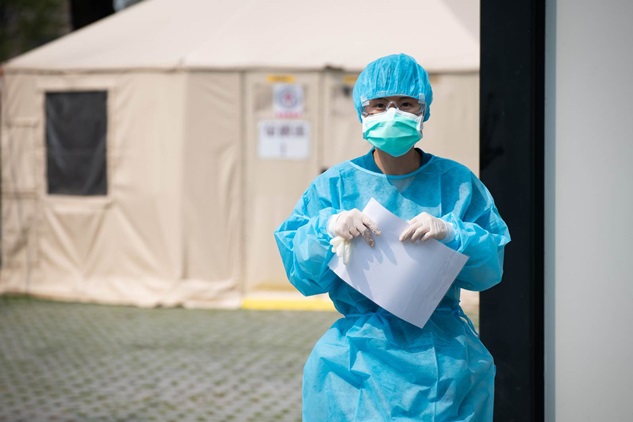
Source:Ming-Tang Huang
As arrivals of students and tourists returning from pandemic-hit Europe and the United States reached a new peak earlier this month, the number of confirmed infections with coronavirus disease 2019 (COVID-19) in Taiwan shot up by 128 cases in a few days. The latest symptom associated with COVID-19 caused by the constantly evolving novel coronavirus is a sudden loss of the sense of smell and taste. How does National Cheng Kung University (NCKU) in southern Taiwan use its experience with previous epidemics and AI-assisted technology to screen for hidden coronavirus carriers with atypical symptoms?
Views
Sensory Loss Used to Screen for Hidden Coronavirus Infections
By Sydney Pengweb only
Editor’s note: Read our latest stories on the COVID-19 global pandemic
“These two weeks are the tensest time in our fight against the pandemic,” warned Taiwan’s Minister of Health and Welfare Chen Shih-chung on March 18. Speaking at the daily press conference of the Central Epidemic Command Center (CECC) that he heads, Chen pointed out that the pandemic had not reached its peak in Taiwan and that the coming two weeks were crucial for containing the outbreak.
The ensuing rapid increase in newly confirmed cases confirmed Shih’s concerns. In just one week in March, as many as 128 new cases were confirmed, accounting for 65 percent of all the cases that Taiwan had registered since reporting its first case on January 21. Most of these new cases were travelers and students who had recently returned from Europe and the United States, including carriers without symptoms who were cause for major concern.
Seven of the 128 cases were found to be asymptomatic patients, accounting for around five percent of the total. Yet Bloomberg news agency reported Joeng Eun-Kyeong, the director of the Korea Centers for Disease Control and Prevention, as saying that more than 20 percent of cases reported to the center did not develop symptoms during hospitalization.
In its March 19 issue, The New England Journal of Medicine (NEJM) published an article by researchers from the Guangdong Provincial Center for Disease Control and Prevention in Guangzhou, China, who analyzed the viral load in nasal and throat swabs from 17 symptomatic and one asymptomatic patient.
They found that the viral load in the asymptomatic patient was similar to that in the symptomatic patients. They concluded: “These findings are in concordance with reports that transmission may occur early in the course of infection and suggest that case detection and isolation may require strategies different from those required for the control of SARS-CoV.”
“As it looks now, patients do not necessarily develop a high fever. If they repeatedly seek medical attention, but examinations never find a clear cause for moderate or low-grade fever, nor obvious dry cough or shortness of breath, we need to be highly vigilant about these cases,” notes Lin Chih-hao, associate professor at the Department of Emergency Medicine and division chief of disaster medicine at NCKU Hospital in Tainan. Lin, who worked at National Taiwan University Hospital during the 2003 SARS epidemic, observes: “This wave differs from SARS or other epidemics because its symptoms are very atypical.”
Given atypical symptoms, how are health care workers at the frontline supposed to screen for these hidden carriers?
NCKU Hospital, which banks on technology in disease prevention, had detected Taiwan’s case 75, a male university student in his twenties, who had sought medical attention after losing his sense of smell upon his return from a trip to Germany. The university hospital relied on its experience from the SARS outbreak and AI applications to screen this potential hidden carrier with atypical symptoms.
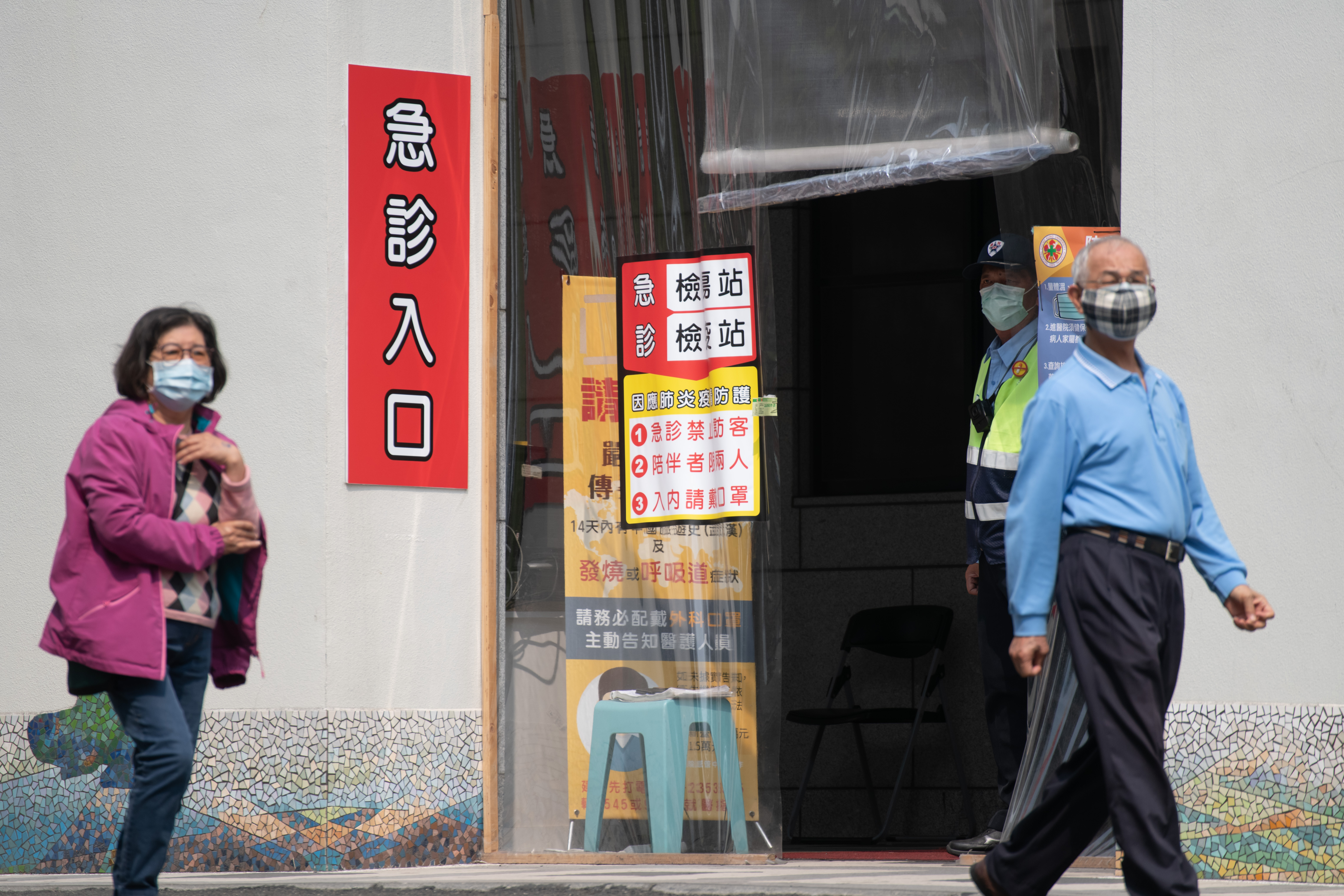
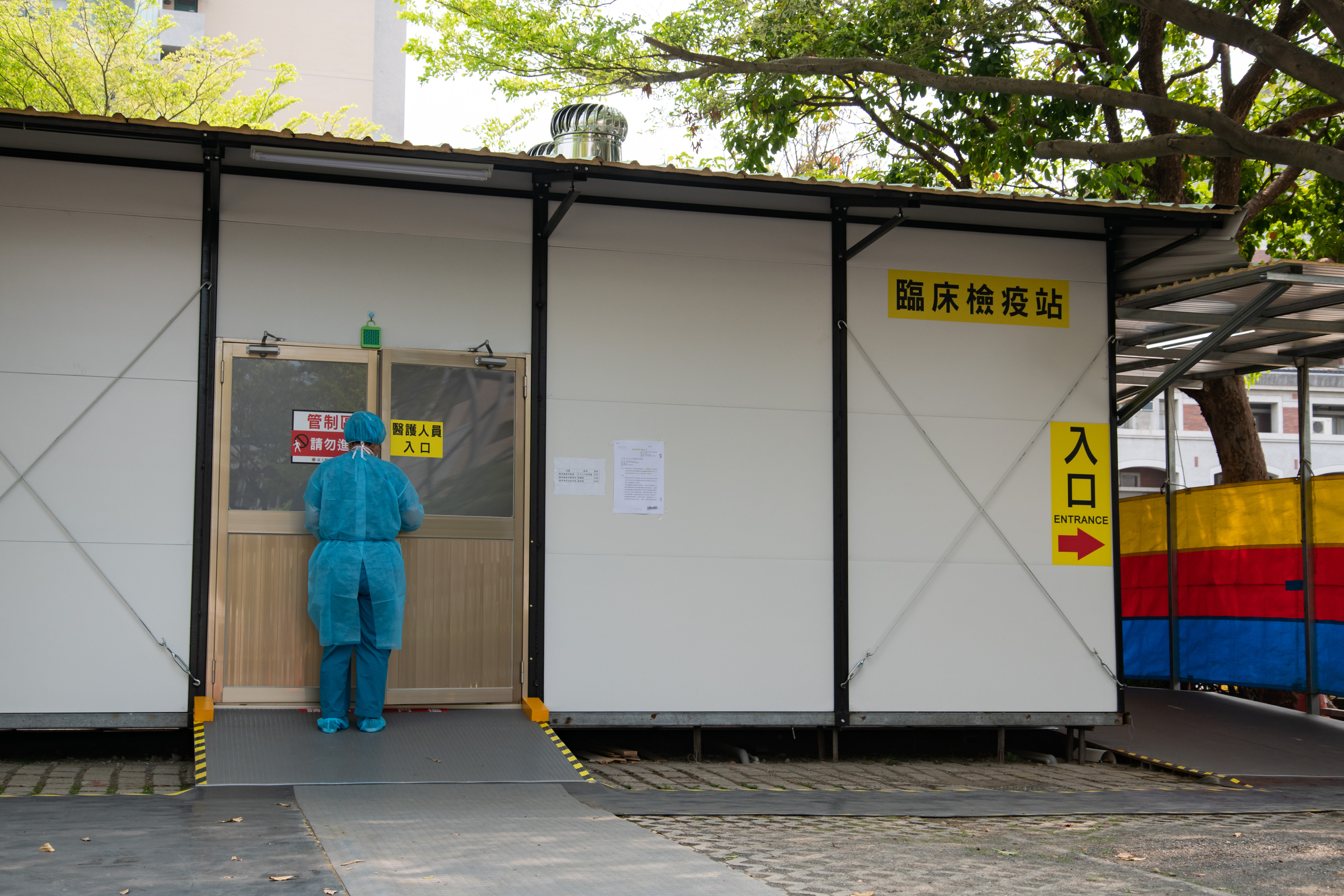 Photo by Ming-Tang Huang
Photo by Ming-Tang Huang
Atypical Symptom: Loss of Sense of Smell
With large numbers of students returning from Europe and the United States, university campuses have become one of the main battlegrounds in containing the spread of COVID-19.
Case 75 traveled to Germany with a German exchange student between Feb 22 and March 8. On March 11, several days after his return from Germany, he noticed that he had lost his sense of smell. When his condition did not improve following a visit to an otolaryngologist on March 13, he again sought medical attention, this time at NCKU Hospital, on March 16.
Taiwan’s case 75 is not the only confirmed COVID-19 patient who suffered sensory loss. Professional basketballer Rudy Gobert of the Utah Jazz, the first NBA player to test positive for the novel coronavirus, also experienced sensory loss. “Just to give you guys an update, loss of smell and taste is definitely one of the symptoms, haven’t been able to smell anything for the last 4 days,” Gobert wrote on Twitter on March 23.
However, when case 75 sought medical attention, these telltale signs were not yet known. Two days earlier, Schengen Area countries, including Germany, had just been upgraded to a level 3 travel alert, meaning arrivals from there were required to quarantine at home for 14 days.
Although case 75 did not have typical symptoms of coronavirus infection, he was referred to the NCKU Hospital screening station because of his trip to Germany. According to a NCKU announcement, the student was immediately hospitalized in a negative pressure ward since he “was found to have signs of pneumonia”. His test for the novel coronavirus came back positive late in the evening of March 16.
During his period of health self-management at home, the student had shared a meal with two fellow students. These two students and 110 other students, with whom they had come into contact while attending classes, were all ordered to stay off campus and conduct self-health management measures for 14 days to minimize the transmission risk.
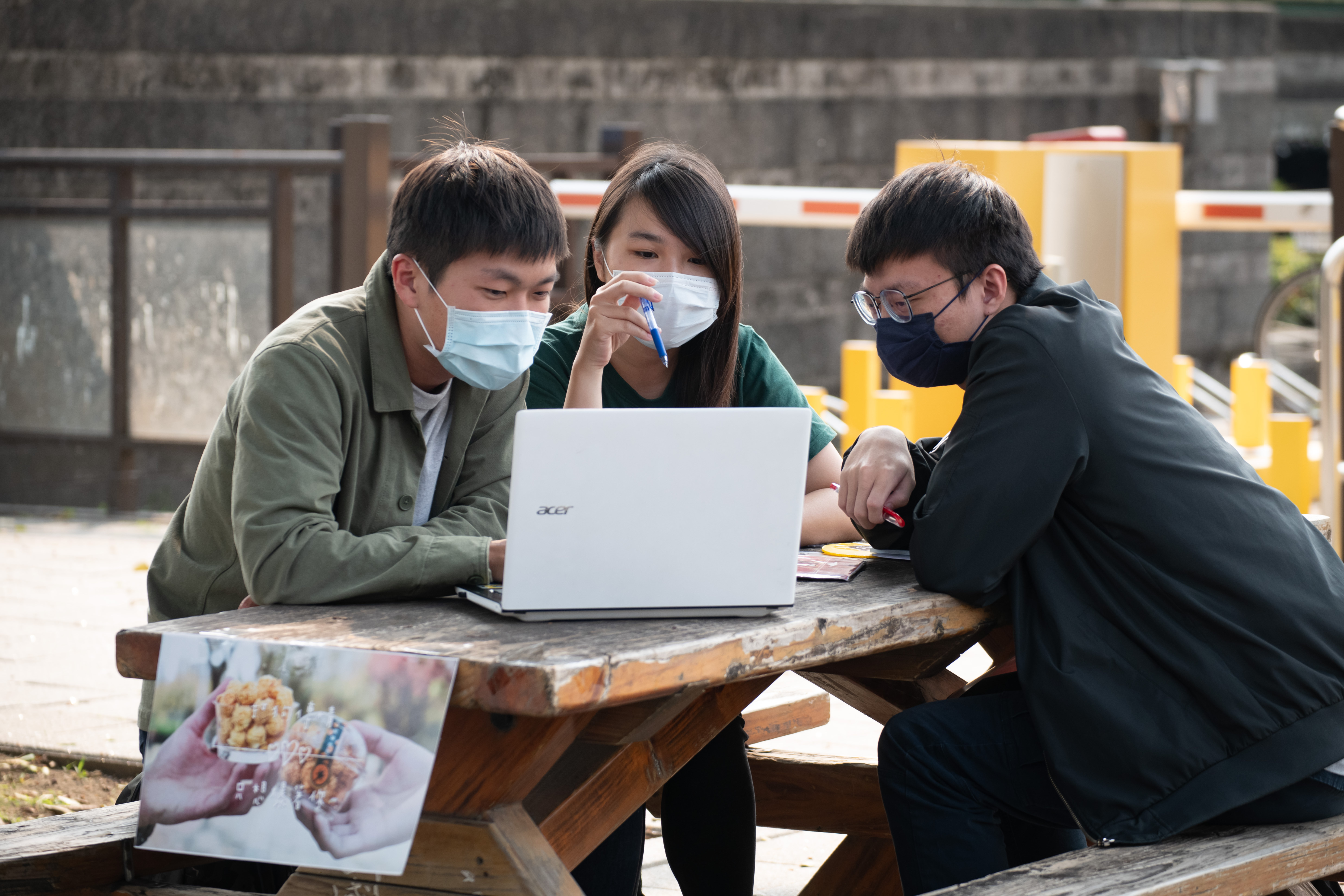 Photo by Ming-Tang Huang
Photo by Ming-Tang Huang
NCKU President Jenny Su Huey-jen has a strong background in public health, having earned a doctorate in environmental health sciences from Harvard University’s School of Public Health. On top of monitoring the movement of people, Su arranged an early deployment of supporting technologies for disease prevention. “We need to take a new course by using a technological approach,” remarks Su.
The university hospital’s screening station, which is constantly evolving and introducing the latest AI-driven technology, represents this new strategy. The process that led to the confirmation of case 75 constitutes an initial success.
 Photo by Ming-Tang Huang
Photo by Ming-Tang Huang
AI-Powered Triage to Reduce Cross Infection
In front of the NCKU Hospital’s emergency room, a “prefabricated outdoor screening station” that looks like a transport container has been set up. On March 19, medical personnel in full protective gear are busy inside, dividing more than 30 patients into different groups, trying to filter out the potential carriers that need to undergo testing. Two patients awaiting their test results are lying on hospital beds.
Disaster medicine division chief Lin explains that since nine medical personnel are needed per shift at the screening station, physicians not only from the emergency medicine department but also from other departments such as chest medicine, ophthalmology and dermatology need to help out. “It’s because the (screening) workload is too high right now. Yesterday and the day before yesterday, we had almost 70 visits per day; that makes seven, eight patients per hour, which are even more visits than the emergency room at an average small hospital receives in a whole day,” says Lin.
Normally, it takes 2.5 hours from the moment a patient steps into the screening station until the doctor has enough information to decide whether a test for the novel coronavirus is in order. Now, thanks to the hospital’s “smart medicine clinical decision support system”, the entire process has been shortened to less than half an hour.
The first step is automated medical record-taking.
All of the symptoms, travel and contact history of patients who visit the screening station are displayed on a screen on the same page, automatically scored by the system. The total score tells the attending physician how high a patient’s infection risk is.
Liu Ping-yen, head of the hospital’s Clinical Medicine Research Center, who is in charge of developing and rolling out the new system, explains that, since the COVID-19 outbreak in Wuhan, the CECC’s list of epidemic-hit areas has been constantly expanding. The advantage of incorporating these updates into the system’s program is that attending physicians can save time that they would otherwise spend double checking the latest CECC information.
The second step involves reading chest x-rays. Once patients develop symptoms that indicate a coronavirus infection, they have to undergo a chest x-ray to find out whether their lungs are affected. The physician on duty can use an AI-supported evaluation system that immediately provides assessment suggestions on the tablet screen.
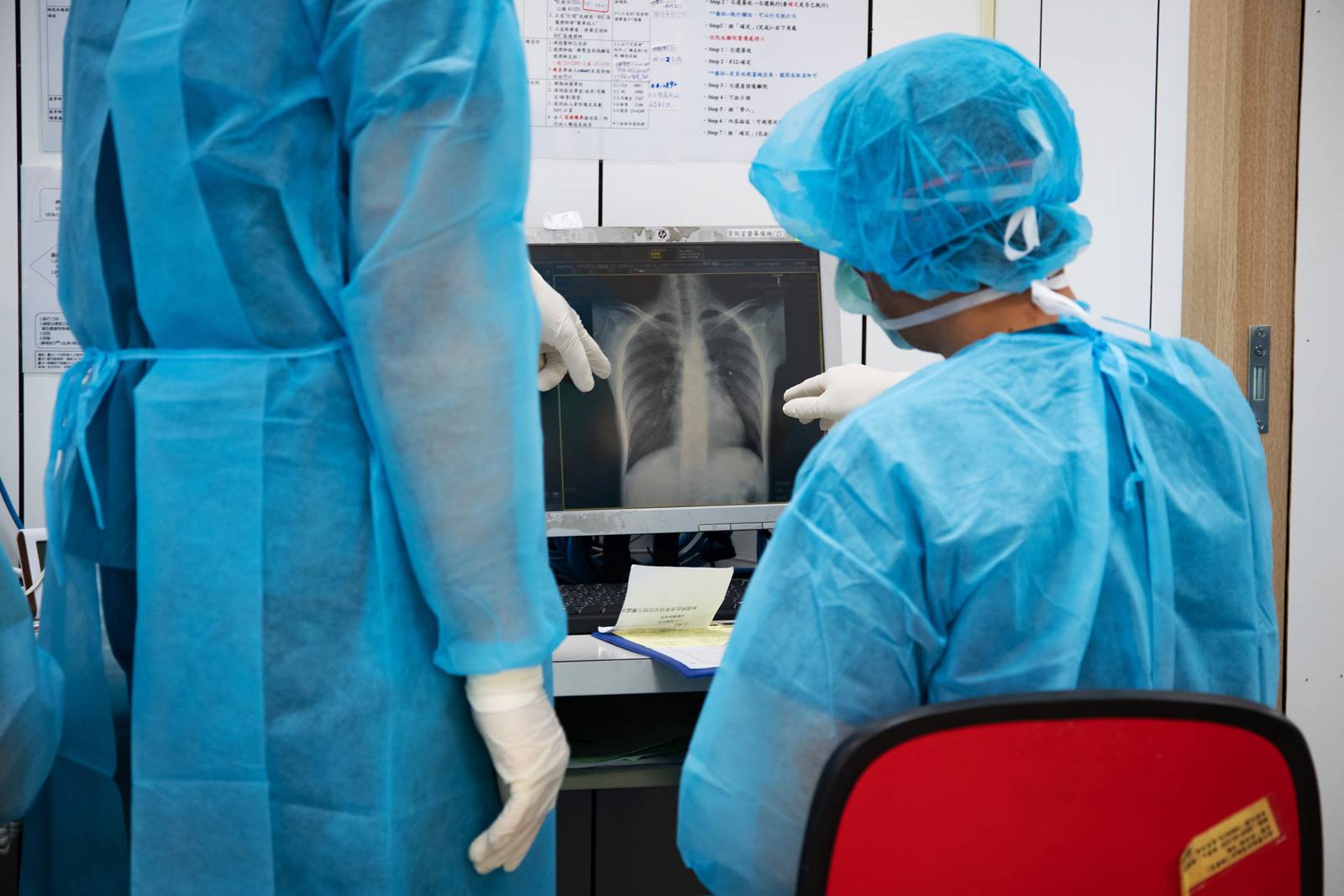 Photo by Ming-Tang Huang
Photo by Ming-Tang Huang
Medical imaging and chest medicine physicians can complete a report within 10 minutes and confirm whether the results are correct.
“The special characteristic of Wuhan pneumonia is that there is a lot of infection in the early stage, so that the images are difficult to read. The system gives doctors some confidence,” explains Lin. In the beginning, the AI was trained to diagnose pulmonary tuberculosis. Presently, the system is trained for pneumonia, but its sensitivity (true positives rate) and specificity (true negatives rate) are already above 92 percent.
The NCKU team had already begun to prepare the system, from connecting information to reading X-rays with AI support, before the Lunar New Year holiday season. Based on past AI research, the model of the system was put together in just one day. Meanwhile the system is available with a user interface in English, Indonesian, Korean and Vietnamese.
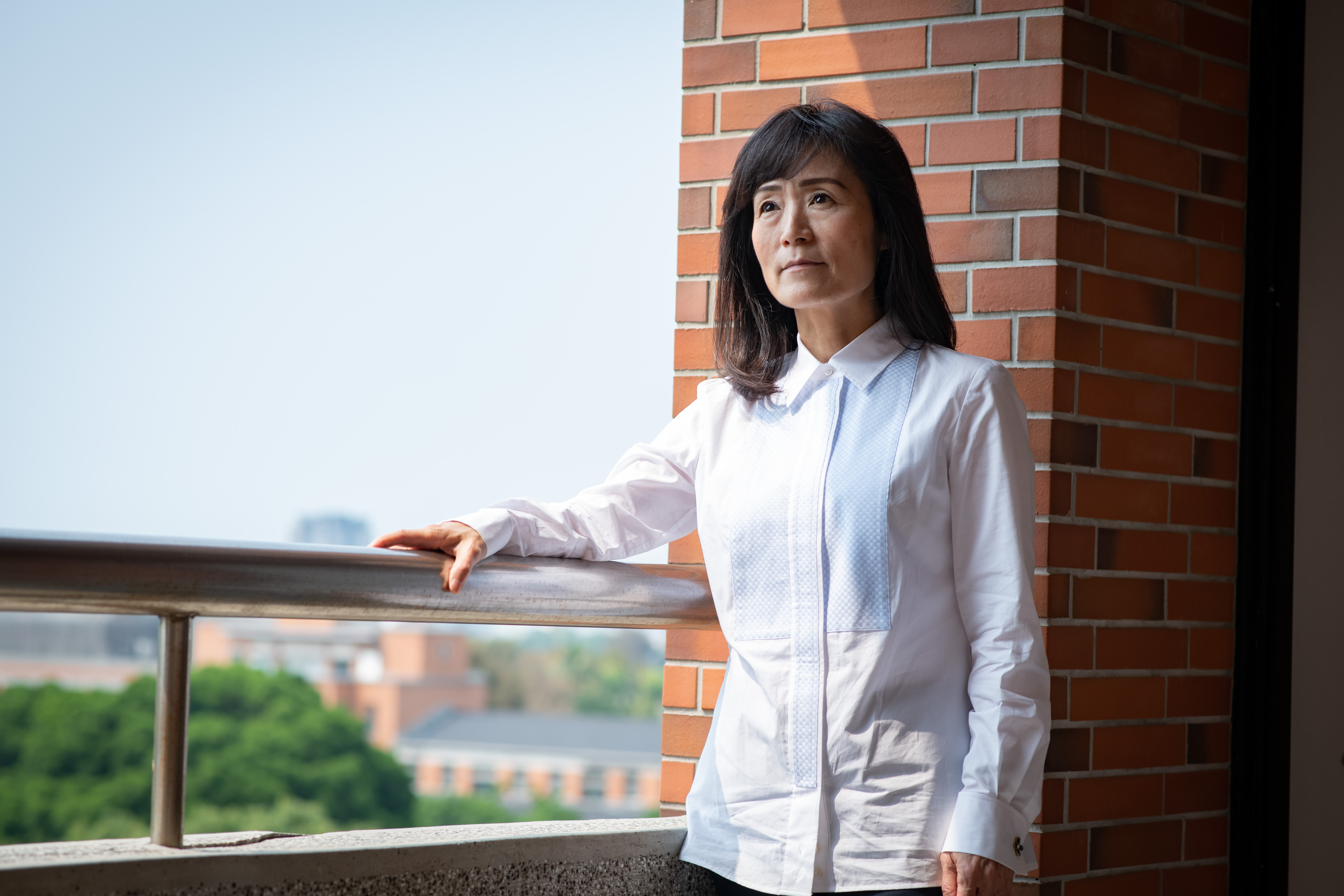 Photo by Ming-Tang Huang
Photo by Ming-Tang Huang
“The shorter the process is while patients wait in the screening station, the shorter the time during which people could infect each other,” notes Su in summing up the system’s benefits.
Have you read?
♦ Taiwan’s Epidemic Prevention Technology: an Inside Look
♦ Remdesivir a Cure for COVID-19? Taiwanese doctors: Not so Fast
♦ How Taiwan Fights COVID-19
♦ How to beat the coronavirus without the WHO? Ask Taiwan
♦ Civic Tech Versus COVID-19: Online Map and Reservation System Help Fight the Virus
Translated by Susanne Ganz
Edited by TC Lin
Uploaded by Judy Lu








